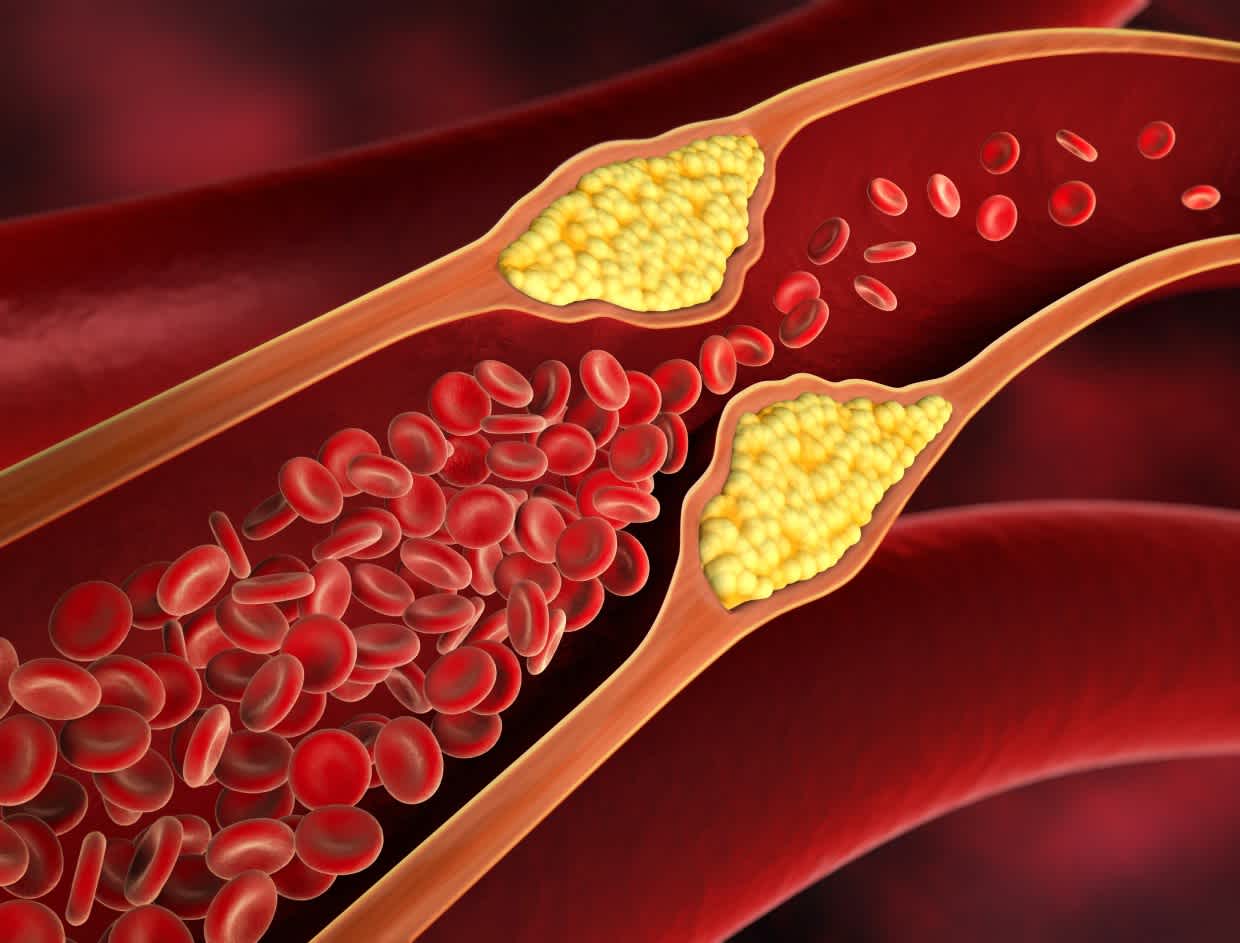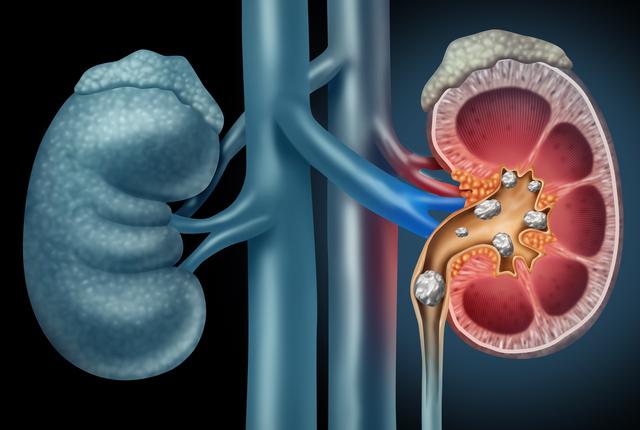Unveiling the Mysteries of the Mid-Afternoon Slump: Understanding Blood Sugar Crashes
Published on:May 03 2024
Do you find yourself struggling to keep your eyes open and your energy up come mid-afternoon? You’re not alone. Many of us have experienced that dreaded slump that seems to hit right after lunch, leaving us feeling drained and reaching for sugary snacks or caffeine. But what exactly causes this phenomenon, and how can we eat to avoid it?
What is a Blood Sugar Crash?
First things first, let’s understand what happens in our bodies when we experience a blood sugar crash. When we eat foods containing carbohydrates, our bodies break down these carbs into glucose, which enters our bloodstream, causing our blood sugar levels to rise. In response, our bodies release insulin to help cells absorb this glucose for energy, returning our blood sugar levels to normal.
However, when we consume foods that cause a rapid spike in blood sugar, such as sugary snacks or refined carbohydrates, our bodies may release too much insulin, causing our blood sugar levels to plummet below normal. This rapid decrease in blood sugar is what we commonly refer to as a blood sugar crash.
The Effects of a Blood Sugar Crash
So, why does a blood sugar crash leave us feeling so terrible? When our blood sugar levels drop, our bodies aren’t getting the energy they need, leading to symptoms like hunger, irritability, fatigue, difficulty concentrating, and shakiness. Not only does this affect our immediate well-being, but repeated blood sugar crashes can also have long-term consequences, including an increased risk of chronic diseases like obesity, diabetes, and heart disease.
Are Some People More Susceptible?
You might have noticed that some people seem more prone to experiencing blood sugar crashes than others. This could be due to various factors, including genetics, the health of our insulin-secreting cells in the pancreas, and even the composition of our gut microbiome. Yes, you read that right – the trillions of microbes living in our guts play a role in how our bodies process food and regulate blood sugar levels.
Avoiding the Slump
So, how can we avoid the mid-afternoon slump and keep our blood sugar levels stable throughout the day? While reaching for a sugary snack might provide a quick fix, it’s not the best solution in the long run. Instead, focus on choosing foods that promote steady blood sugar levels.
Opt for complex carbohydrates, fiber-rich fruits and vegetables, lean proteins, and healthy fats. These foods take longer to digest, preventing rapid spikes and crashes in blood sugar levels. Additionally, listen to your body and pay attention to how different foods affect you personally. What works for one person may not work for another, so it’s essential to tailor your diet to your unique biology.
Conclusion
Understanding the science behind blood sugar crashes empowers us to make informed choices about our diet and lifestyle. By prioritizing whole, nutrient-dense foods and paying attention to our body’s signals, we can better manage our energy levels, support our overall health, and avoid the dreaded mid-afternoon slump. Remember, you are unique, and your diet should reflect that. So, embrace variety, listen to your body, and say goodbye to those mid-afternoon crashes for good.
Unveiling the Mysteries of the Mid-Afternoon Slump: Understanding Blood Sugar Crashes





